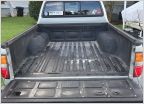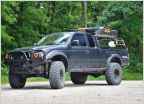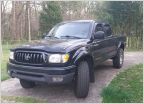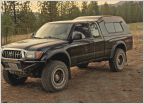-
Welcome to Tacoma World!
You are currently viewing as a guest! To get full-access, you need to register for a FREE account.
As a registered member, you’ll be able to:- Participate in all Tacoma discussion topics
- Communicate privately with other Tacoma owners from around the world
- Post your own photos in our Members Gallery
- Access all special features of the site
AdventureTaco - turbodb's build and adventures
Discussion in '1st Gen. Builds (1995-2004)' started by turbodb, Apr 4, 2017.
Page 260 of 281
Page 260 of 281


 Looking for battery disconnect switch mounting options
Looking for battery disconnect switch mounting options Silver 2004 DC w/305K getting some love...a Taco story
Silver 2004 DC w/305K getting some love...a Taco story PcBuilder's 2003 Tacoma Build
PcBuilder's 2003 Tacoma Build Lefty's golden taco.
Lefty's golden taco. MartinDWhite 2004 DoubleCab 4x4 TRD build
MartinDWhite 2004 DoubleCab 4x4 TRD build Sconce93 Build
Sconce93 Build






































